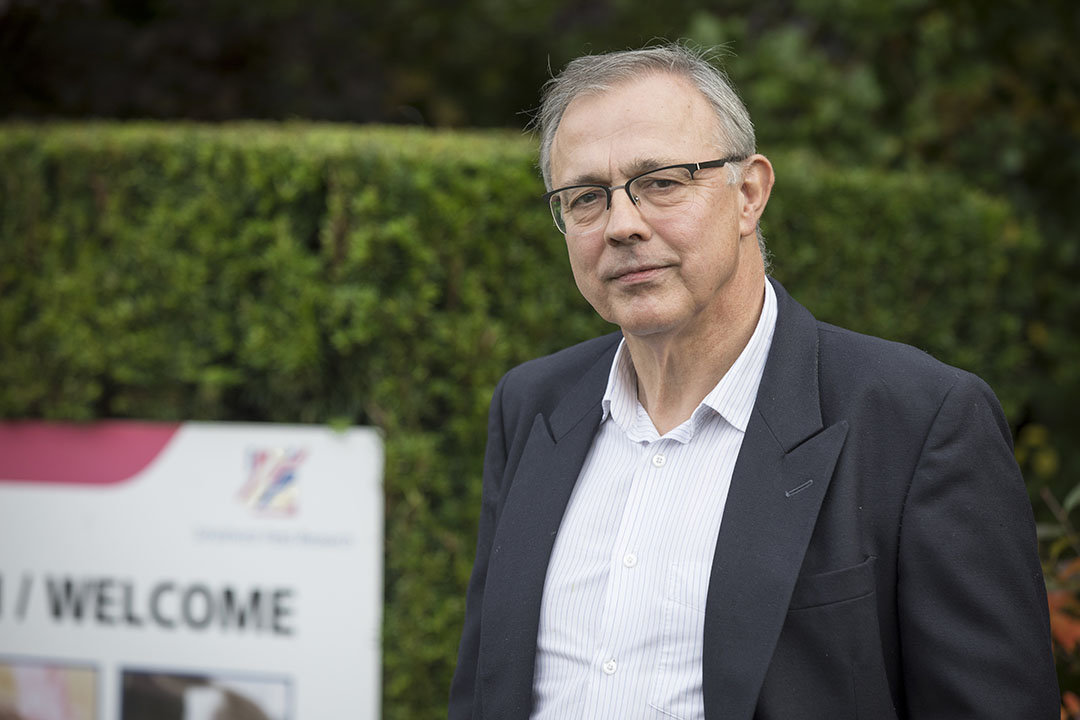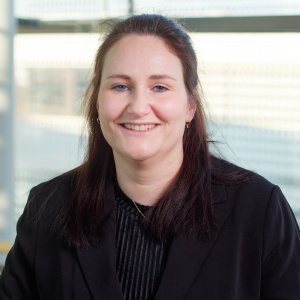Schothorst on the future of feed research

Feed research is becoming less independent and social acceptance a new challenge to face. Piet van der Aar, Director of Research and Business Development at Schothorst Feed Research, talks with All About Feed about the future of feed research and the developments in the feed industry.
For 37 years Piet van der Aar worked at Schothorst Feed Research, first in the role of director and more recently as Director of Research and Business Development. Schothorst Feed Research is a well-known research and advice organisation for animal nutrition, based in the Netherlands. Soon Piet van der Aar will enjoy his well-earned retirement, a good moment for All About Feed to catch up with him about the developments in the feed industry.
All About Feed: Firstly, can you tell us more about your career at Schothorst Feed Research?
PvdA: In 1982 I started as a researcher in ruminant nutrition and coordinator of pig research. In 1988 I became the director of Schothorst. At that time, Schothorst performed research exclusively for Dutch feed cooperatives. In 2004 Schothorst stopped working for cooperatives and started to work with international feed companies and suppliers within the feed industry. Since then I have become the Director of Research and Business Development.
The feed industry in East Asia is facing the same problems as Europe 10 years ago…”
Did this change in 2004 have consequences for the research conducted by Schothorst?
At that time in many European countries governmental research was withdrawing from production oriented research. Animal welfare and the environment became much more important. Also the willingness to work on the development of feed value tables and standards became less and less. We decided to formulate a package of services that should actually be the basis for every compound feed manufacturer. In the beginning sales were slow, people were not used to paying for knowledge. However, all that changed and in the last five years sales have accelerated enormously and spread over 31 countries.
Which markets do Schothorst focus on?
We concentrate on Europe and East Asia. The feed industry in East Asia is facing the same problems as Europe 10 years ago, such as antibiotic reduction and zinc oxide use in piglets. Environmental issues are also playing a greater role in Asia. You can assume that in 5 years some Asian countries will be taking measures with regard to nitrogen, although it is much less of a problem than in Europe. There is still a lot of untapped knowledge that can contribute to emission reduction. For example, further reduction of the protein level in feed, additives that lower the pH of urine and adding fermentable fibres to feed.
How did feed research change over the years?
When I started in this business there where more than 225 compound feed companies and 136 cooperatives in the Netherlands. The consolidation process has changed a number of things. Companies became larger, enabling them to employ nutritional specialists and they started to work outside their region. Publicly available research is becoming less and less, I think that is a really negative development, it inhibits the progress of the sector as a whole. Studies are mostly based on commercial motives, which means studies on basic knowledge lag behind.
One of the challenges is social acceptance and what we can do to improve it.”
What will this mean for the future of feed research?
Research is becoming more and more product oriented and will be much less concept oriented. The outcome of a published study is always positive. While very little is communicated about when it is less applicable. It is also a constant struggle for us at Schothorst. We are committed to our independence, but also depending on external money flow. Sometimes we feel inhibited by this. Remarkably, there is a lot of quality research being done in China, mainly in the pig industry. I think Chinese research will become increasingly important and we must keep a close eye on that. The government over there is still investing a lot of money in research. We still have a lead in Europe, but we cannot turn a blind eye to these developments.
What challenges are the feed industry facing?
One of the challenges is social acceptance and what we can do to improve it. There are still people who think feed is full of hormones and antibiotics. As a sector, we communicate very badly on this topic. Consumers want to know more. With research we can substantiate how things really work. Another challenge, in the Netherlands – in any case, is how to initiate circularity. For example, through the use of residual waste flows. At the moment we are doing a project with Wageningen UR on how to adjust by-products, in a way they can be used as feed for animals. Unfortunately, there are a lot of food safety regulations that are limiting. It will be a challenge to innovate within these regulations. And a third challenge is the social pressure to reduce animal testing. Already the assessment of animal tests is becoming more strict and in the end animal testing will be banned altogether. That will have a major impact on feed studies and we have to come up with alternatives.
It is important to strengthen cooperation and try to adopt a more proactive attitude.”
What will be key feed research topics in the coming years?
Precision nutrition will be a very important issue worldwide. By applying sensors at farms we can collect even more data and study the variation between individual animals. However, the question is how to analyse this data. At the moment we are analysing our database of 25 years of research and looking for links between studies, providing us with new information. In addition, nutrition during transition periods – such as around calving and weaning, is a topic in which a lot of research is done recently. And also gut health, the functioning of the microbes.

Last month during the congress ‘Nutrition in transition’ organised by Schothorst Research, a reception in honour of your retirement took place. Before leaving the feed sector, do you have some advice to share?
Where it is possible it is important to strengthen cooperation and try to adopt a more proactive attitude. We are going to face a number of challenges and therefore we must cooperate and be open in our communication. For me, what I really liked in the recent years were the international contacts. We have to pay close attention to the developments in other countries.












